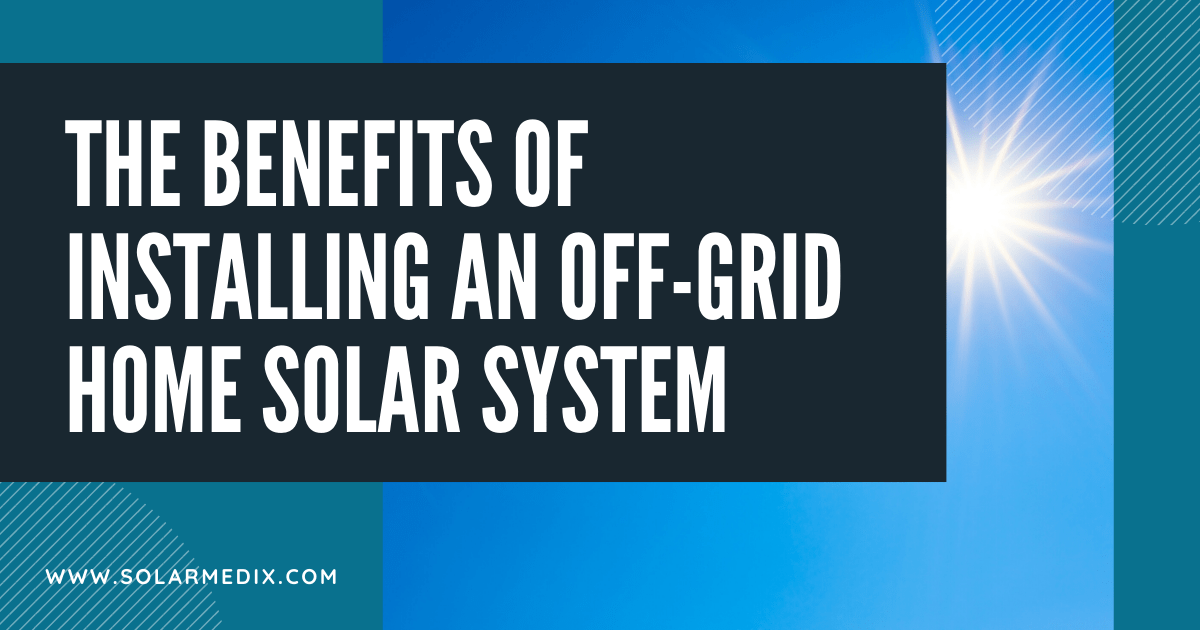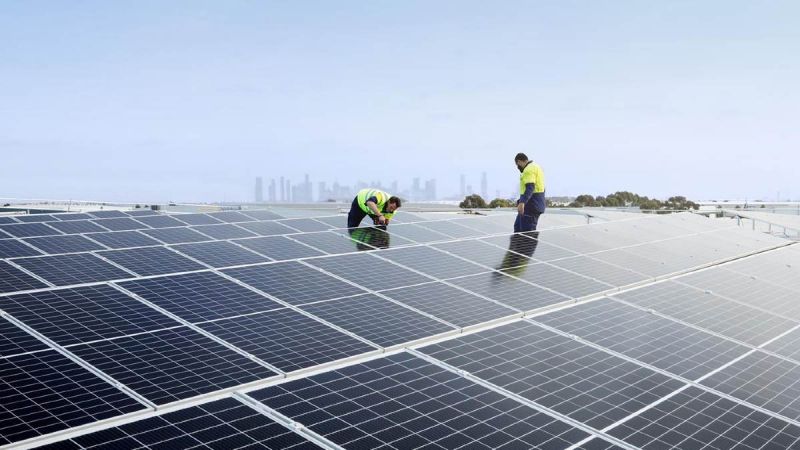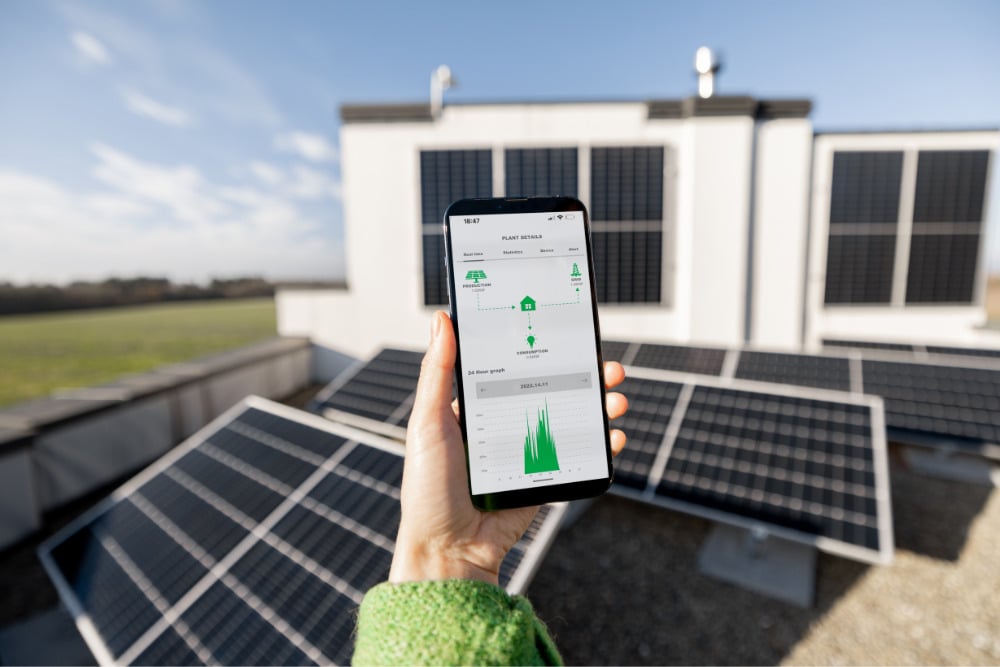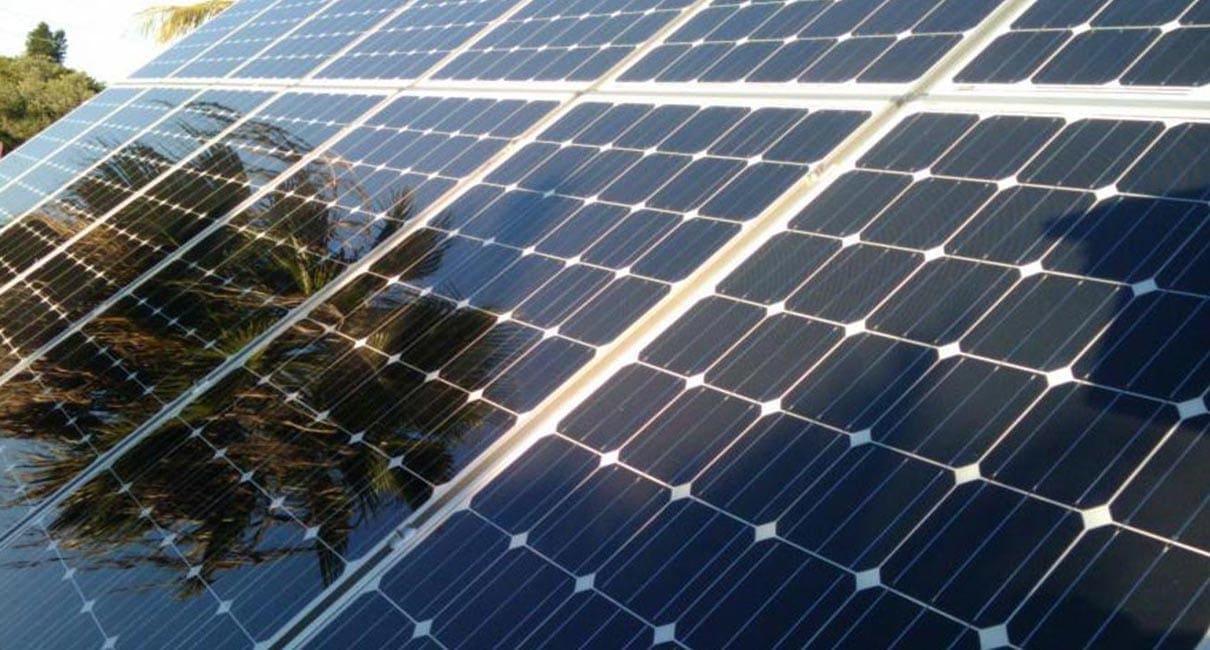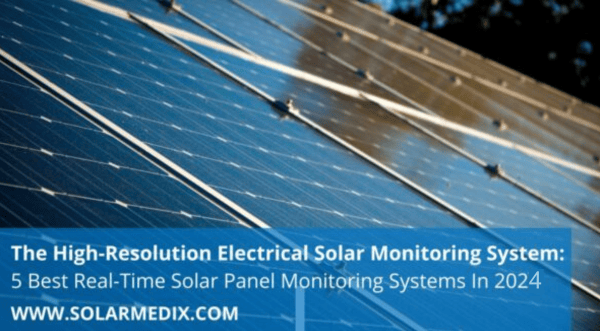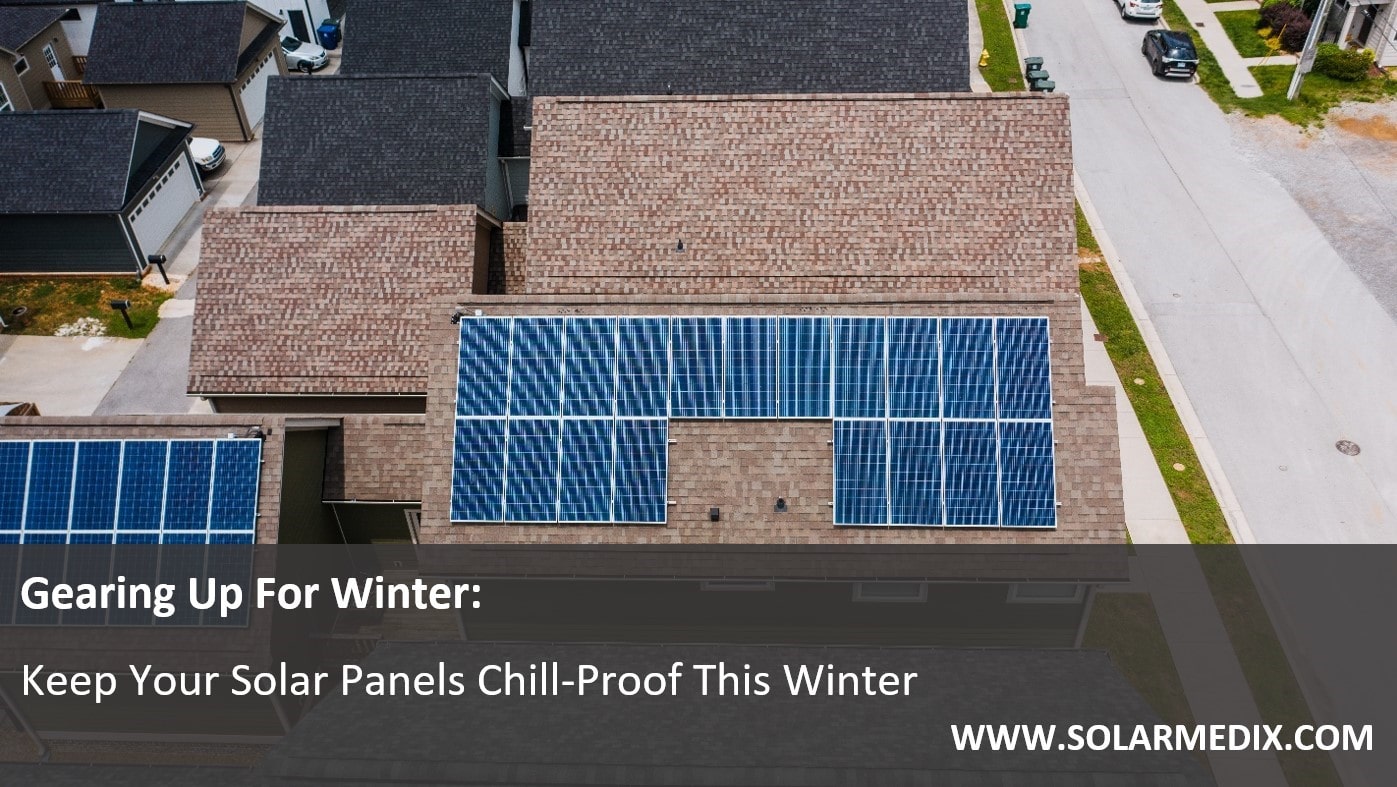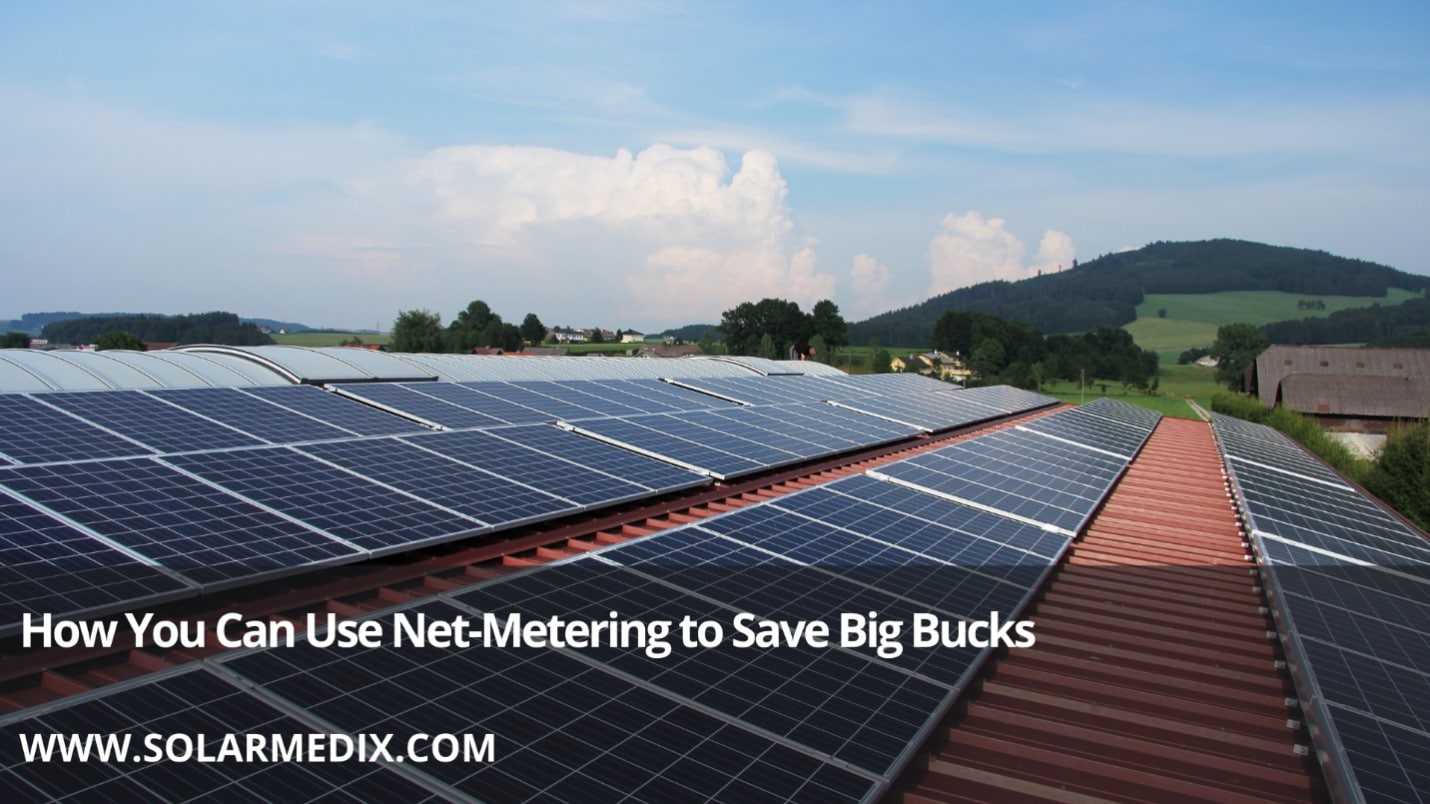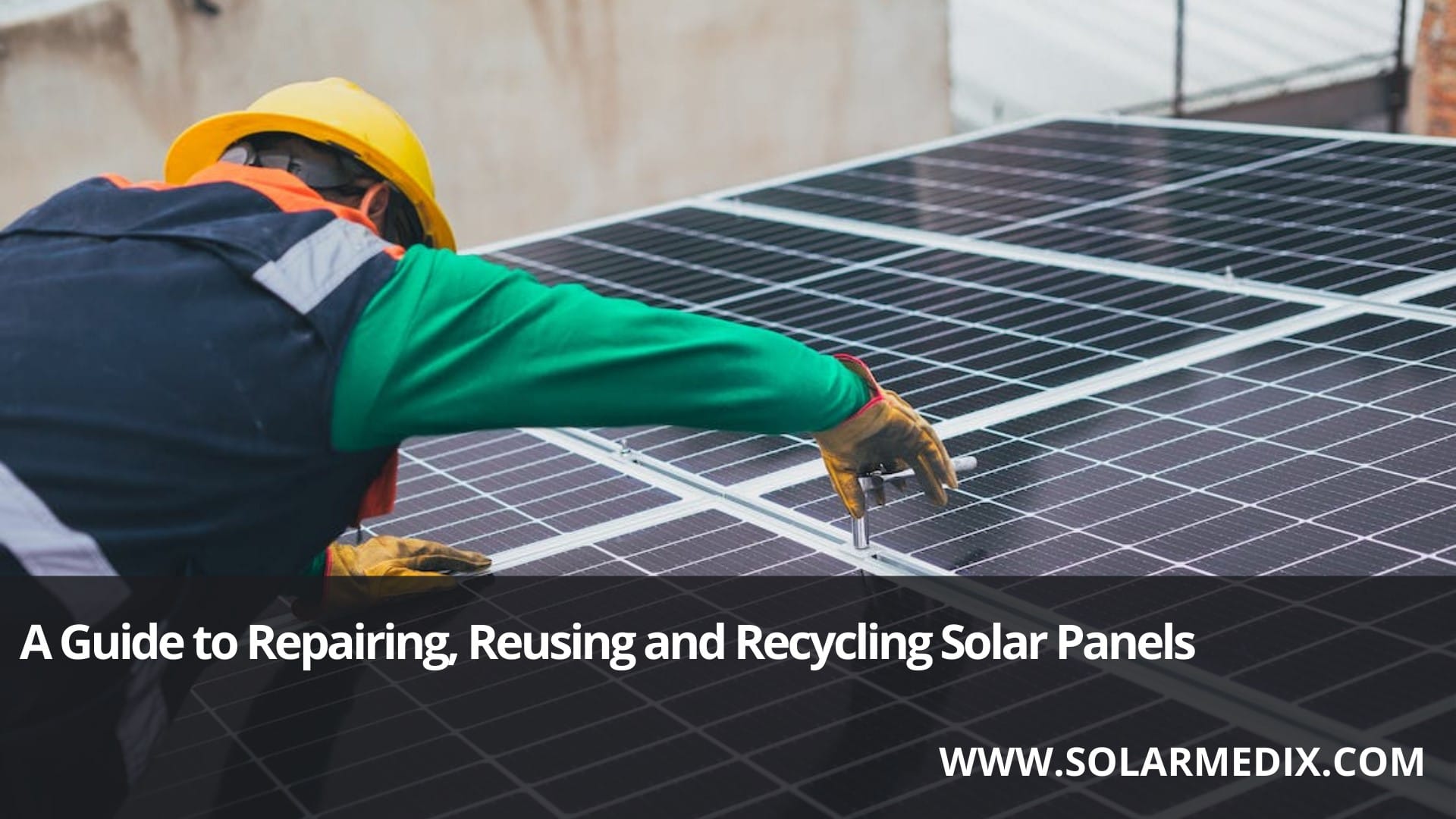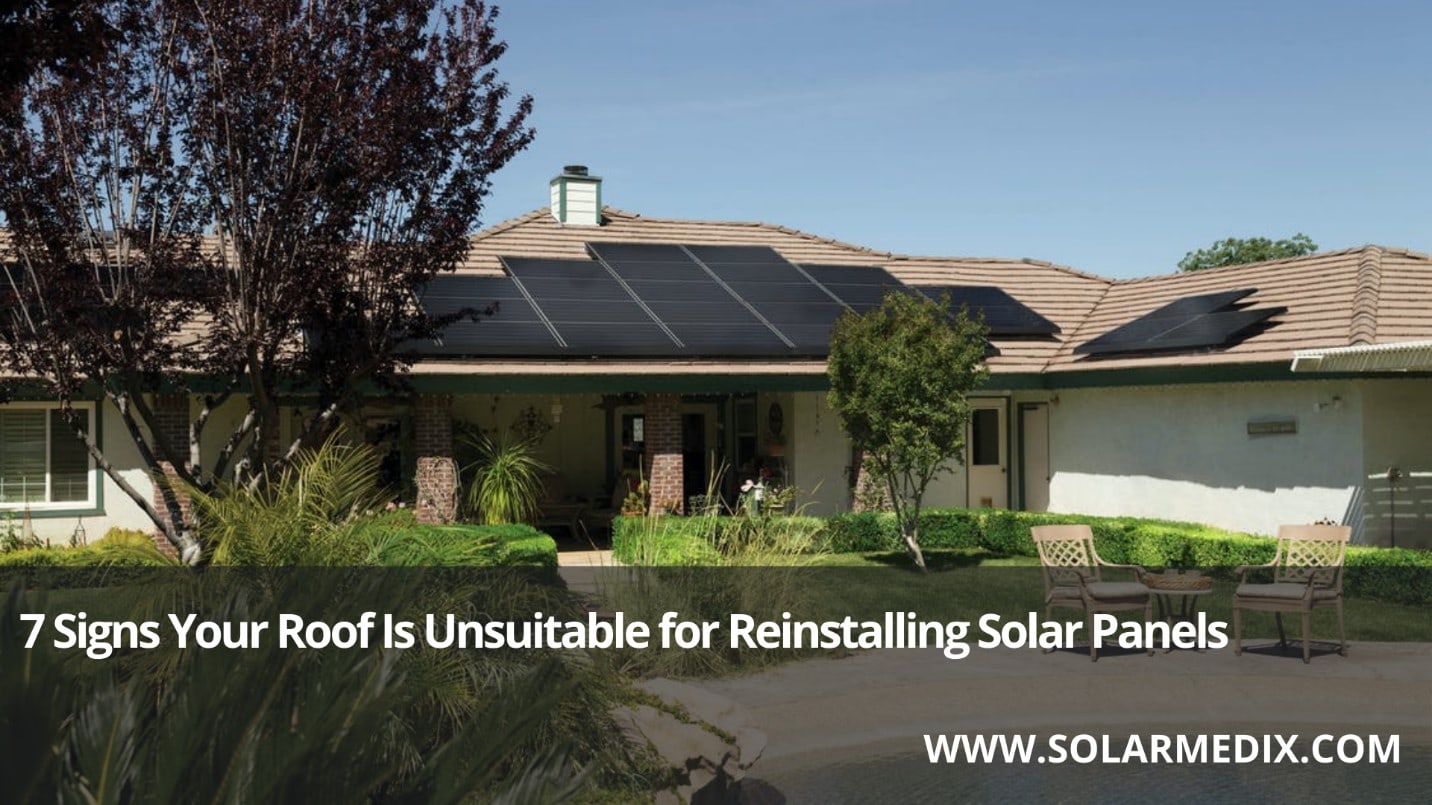Off-grid home solar systems have been growing in popularity in the United States. Many people are turning to solar to save money on their electric bills and to reduce their carbon footprint.
When installing a solar system, you have the option to choose between an off-grid and a grid-tied system. The most popular choice is the grid-tied system, which allows you to get power from the grid while also selling excess solar power to the power company. With an off-grid home solar system, a user is independent of the grid, and they store their excess power in a solar battery.
While having a system that’s independent of the grid can seem intimidating, you can get numerous benefits. Here are some of them:
Power Outages Will Not Affect You
During storms and other natural events, the grid can go offline unexpectedly. If the outage goes on for a long time, it can turn from an inconvenience to a highly stressful situation. In some cases, power can go out for as long as a week. An off-grid system ensures that you have a consistent and reliable power supply, even when the grid malfunctions.
Costs Will Be Reduced And Will Not Spike Unexpectedly
Most electricity in the U.S. still comes from fossil fuels. However, due to fluctuating global prices, the price of power can sometimes shoot up. For instance, during times of geopolitical crisis, the cost of power can rise dramatically as the global supply of fossil fuels is affected.
With an off-grid home solar system, you will avoid these periodic hikes in electricity prices. It ensures that you can carefully plan your budget without worrying about sudden changes to the cost of power. While installing a solar system can come at a high upfront cost, the long-term cost savings will be worth it.
With continuous innovations in energy-efficient appliances and energy-saving bulbs, you can continually power your home with the power stored by your solar batteries.
Off-Grid Home Solar Systems Are Easier To Install
The cost of solar systems has been continuously falling over the years. However, the cost of installation has been gradually rising. With a grid-tied system, the cost of installation is usually high due to its complexity. But, with an off-grid system, a homeowner can find guides online that allow them to install the system as a DIY project if they’re up for it, eliminating the installation costs.
They’re A Great Option For Rural Homes
Most people in rural areas with an aging grid infrastructure often face numerous blackouts throughout the year. As more people migrate to the cities, there is less incentive to upgrade the grid in these areas. Instead, most of the resources are spent on expanding cities. On top of that, connecting to the grid in rural areas can be quite expensive.
As a result, some people opt to use costly generators. People in rural areas can cut down the cost of supplying their homes with electricity by using off-grid home solar systems. These solar systems eliminate the high cost of powering a home while also ensuring access to a stable power supply. Additionally, they give you the freedom to move to any place without worrying about access to power.
Considering the benefits mentioned above, it makes sense to see the trend of off-grid solar systems continuing to grow. Not only are they reliable and effective, but they’re affordable and give you the ability to be completely energy self-sufficient!
